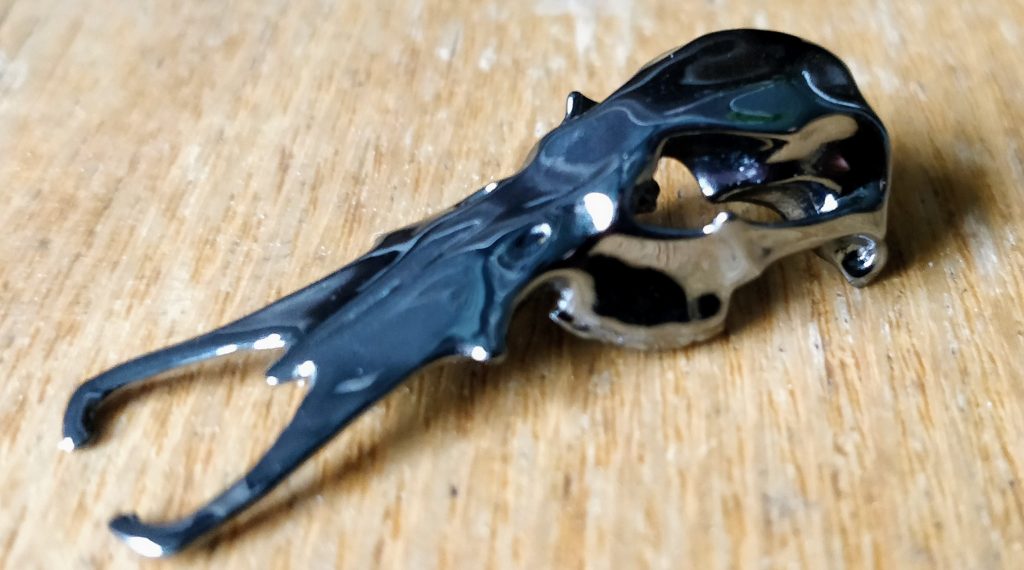

The precise way in which the Platypus uses the bill to detect prey is still unknown, but the bill serves to find and sift small prey from the substrate, while larger prey is taken individually. The animal closes its eyes, ears and nostrils when foraging underwater and its primary sense organ is the bill, equipped with receptors sensitive to pressure, and with electro-receptors. The average foraging periods last for 10-12 hours per day, and the distances the animals move during this time vary between individuals and their distribution. The Platypus feeds mainly during the night on a wide variety of aquatic invertebrates. The activity patterns of these animals are determined by a number of factors including: locality, human activity, ambient temperatures, day length and food availability. During day, individuals shelter in a short burrow in bank. Platypuses are active all year round, but mostly during twilight and in the night. Within its current distribution, the occurrence of the Platypus is reasonably continuous in some, but discontinuous in other catchments. There is no evidence that the animal occurred naturally in Western Australia, despite several unsuccessful attempts to introduce it there. Nowadays it is extinct from that state, except for the introduced population on the western end of Kangaroo Island. The species was once found in the Adelaide Hills and Mount Lofty Ranges of South Australia. The western limits of the range are poorly known. It is present in eastern Queensland and New South Wales, eastern, central and southwestern Victoria and throughout Tasmania. Platypus is endemic to Australia and is dependent on rivers, streams and bodies of freshwater. The presence of logs, twigs, and roots, as well as cobbled or gravel water substrate result in increased microinvertebrate fauna (a main food source), and the Platypus also tends to be more abundant in areas with pool-riffle sequences. Hence, the ideal habitat for the species includes a river or a stream with earth banks and native vegetation that provides shading of the stream and cover near the bank. At times, the individuals use rocky crevices and stream debris as shelters, or they burrow under the roots of vegetation near the stream. When not foraging, the Platypus spends most of the time in its burrow in the bank of the river, creek or a pond. They feed in both slow-moving and rapid (riffle) parts of streams, but show preference to coarser bottom substrates, particularly cobbles and gravel. Platypuses occur in freshwater systems from tropical rainforest lowlands and plateaus of far northern Queensland to cold, high altitudes of Tasmania and the Australian Alps. In addition, males possess a horny spur on their ankles, which is connected to a venom gland in the upper leg, making the Platypus one of the few venomous mammals. The Platypus uses its tail for storage of fat reserves and the strong claws on its feet for burrowing and moving on land. Behind its distinctive bill are the grooves that house the ear openings and the eyes which close when the animal dives. The Platypus propels itself through the water by using its front, short, webbed limbs, and the partially-webbed hind feet act as rudders. Its streamline body and a broad, flat tail are covered with dense waterproof fur, which provides excellent thermal insulation. Platypus is well adapted for semi-aquatic lifestyle. When first discovered, the unusual look of a Platypus caused considerable confusion and doubt amongst European naturalists and scientists, many of whom believed that the animal was a fake. Along with echidnas, Platypuses are grouped in a separate order of mammals known as monotremes, which are distinguished from all other mammals because they lay eggs. The Platypus is a unique Australian species.


 0 kommentar(er)
0 kommentar(er)
